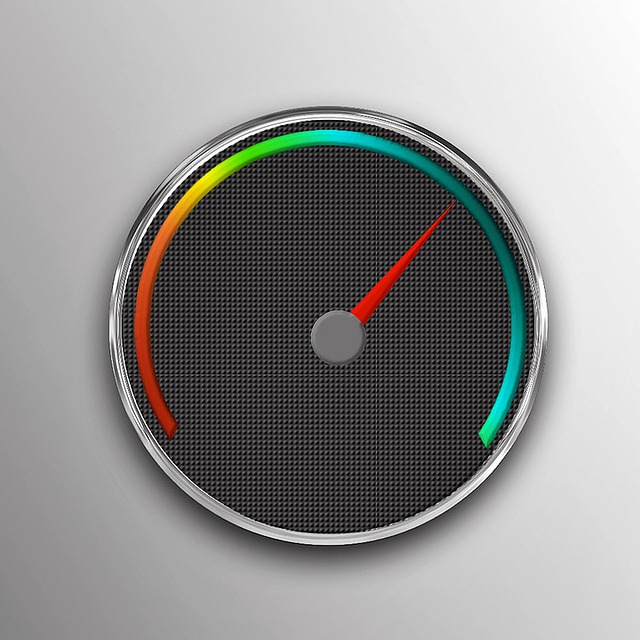How familiar are you with the sales funnel? This model of how a single click can become a lifetime customer was invented in 1924, but despite all the myriad of changes that have occurred within the marketing world, it is still incredibly valid and useful.
The Sales Funnel
Even after almost 100 years, the sales funnel remains one the best tools for tracking the sales readiness of any visitor. In fact, knowing where the potential customer is in the process of making a purchase helps us best market to their needs, and provide them with exactly the right amount of information to help guide them through the funnel to the stage of purchase.
The “interest” stage of the sales funnel is commonly known as the second stage of the process. This is often one of the most delicate times for establishing a relationship, as the individual expressing the interest can easily continue looking for options, or take the plunge and purchase your product or services.
Let’s take a look at what the interest stage entails, and how to best engage potential customers who are at this stage.
A Brief Review of the Sales Funnel Stages

Some say that the sales process technically starts beyond the funnel itself, with a “pre-awareness” stage. This stage is typically associated with getting your brand, name, or identity out there in the open, so that it is recognizable and easily comes to mind by those who are looking for a solution related to your products or services.
Read also: How to create a Marketing Outreach strategy.
The First Two Stages…
The first official stage of the sales funnel, however, is the awareness stage. This stage is marked by brand visibility, and a wide variety of potential leads. As the name suggests, these leads are “aware” of your presence. Perhaps they recognize your ads as something they have seen while cruising the internet.
These individuals may or may not be part of your target audience (learn how to find your target audience), but they all share something in common: they associate your brand with your product, and they know what types of products or services you offer.
Read also: The Awareness Stage of the Sales Funnel.
The next stage is the interest stage. At this point, you’re no longer just a name or a logo or a product. In the interest stage, people are deliberately clicking on your ads, spending more time on your site, and actively reviewing your content. As mentioned earlier, this can be a very delicate time for your site. While these individuals are actively seeking you out, they can very quickly change their mind and wander off without a second guess.
And The Last Two Stages…
The third stage of the sales funnel is decision. Also known as “desire”, this is the stage where decisions are made, but not necessarily acted upon. Depending on how things progressed in the interest stage, the decision stage might be very brief, as customers move on to close the deal before they lose an exclusive offer, or they may linger while attempting to ascertain whether your business is the solution they’ve been looking for.
Last is the action stage, which almost speaks for itself. You’re very close to your goal of gaining a sale, but this step is a vital time for establishing a lifelong connection with your customer base. Not only does “action” refer to the purchase itself, but to the efforts you put forth to ensure your customer is fully satisfied with the process.
Examining the Interest Stage of the Sales Funnel
The interest stage of the sales funnel is also referred to as the “evaluation” stage. This is because your prospective customers are doing a lot of work at this point. They know that your solution is not the only option on the market.
They may have a list of important criteria that must be met to take them to the decision stage, or they may still be developing knowledge of what type of solution they are looking for. As a result, they are searching for and digesting every possible piece of information they can find about you, your products, and your competitors, as well.
For this reason, it’s best to provide information on your site in a well-organized, easy-to-digest manner. Remember, different people will have different research styles, as well. Some will read all the reviews available. Others will be inspired by your blog or videos. Still others will be drawn to your social media accounts to learn more about your business.
Make all of this available to your visitors, but don’t force them to dig, or sit through a lengthy auto-play video, or read a wall of text to learn more. Content, as always, is key. Too much information is almost worse than not enough information at the interest stage, since no one has time to drudge through the minutiae to get the answers they’re searching for.
Options for Engagement During the Interest Stage
The key to the interest stage, therefore, is to establish a meaningful relationship with new leads. You want to be their trusted resource, today, and for all their future needs as well. So how do you do that?
The first is to pay close attention to your brand. What does your brand communicate? Who is your ideal customer? What do you want others to take away from your site and landing pages?
At the interest stage, your visitors will be looking for consistency. They want to know that you know what you’re talking about, so things like content quality and even typos will matter. They’ll also want to know what type of customer service you provide, so they’ll probably visit your support pages or FAQs.
Focusing on Content
Again, content matters. While your established clients and customers know the procedures, people at the interest stage are approaching your site with limited understanding about anything on your site.
Make sure you provide clear and detailed information about your products, your processes, and your guidelines. This will further engage the relationship, and let these individuals know that they can trust your business and its open, honest content.
Your goal is to be the ideal solution for the problem that has generated this lead, but that’s not always possible. Still, if your content is clear, your site is friendly, and your brand is engaging, it is likely that the traffic you generate at this stage will remember your name, and pass along your information to others with similar issues.
Therefore, you may wish to run retargeting campaigns with Facebook or Google Ads to remind these visitors of your site.
Give them Something…
Another option is to offer lead magnets, or encourage visitors to sign up for your email list. While this may not be the time for them to progress through the sales funnel, you can gently keep your brand at the forefront of their mind with well-targeted email campaigns, or a fantastic free offer that they might use frequently.
Read also: What is a Squeeze Page?
The interest stage of the sales funnel can be a very murky and ambiguous place for business owners and marketers. While it’s impossible to predict how a lead will act at this stage, it is very clear that presenting – but not inundating – your audience with detailed information about you, your brand, your product, and what to expect in their transaction can go a long way towards encouraging them through the sales funnel.
Are you on a limited budget? Would you like to test out a new offer and send it to thousands of real people on the market? Click the button below and get in contact with hundreds of solo ads sellers. Prices start from $0.40 per visitor. Free to join, no hidden costs!










